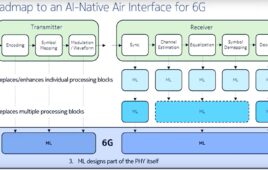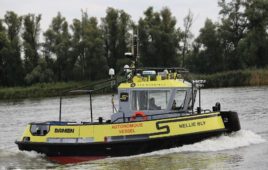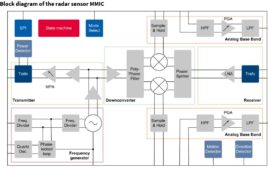The government of New Zealand and startup LeoLabs have signed an agreement to track space junk in the Southern Hemisphere by installing phased array radar.
This effort builds upon LeoLabs’ existing network, with two radars already installed in North America. According to Aerospace Technology, the third radar installment marks the first of its kind within the Southern Hemisphere.
The radar will be able to track space debris measuring just 2 cm in low Earth orbit (LEO), “offering a way to address 95 percent of the risk that has never been tracked,” according to Aerospace Technology.
Although LEO is home to thousands of operating satellites, it also contains an estimated “250,000 objects that pose a threat” to both the satellites and astronauts.
“The threats posed to a viable LEO economy and a sustainable space environment escalate with every launch,” says LeoLabs CEO Dan Ceperley via Aerospace Technology. “Our goal is to build out the LeoLabs global space radar network at a pace to match that threat. New Zealand represents the ideal location and partner to take that next step forward.”
The debris tracking phased array radar is expected to be completed by next year.
This work adds to other institutions on a space junk removal mission, including the RemoveDEBRIS satellite that recently showed a successful demonstration of its on-board active debris removal (ADR) technology. Developed by a diverse group of researchers led by Surrey Space Centre at the University of Surrey, the experiment featured a net that captured a deployed target simulating a piece of space debris.




